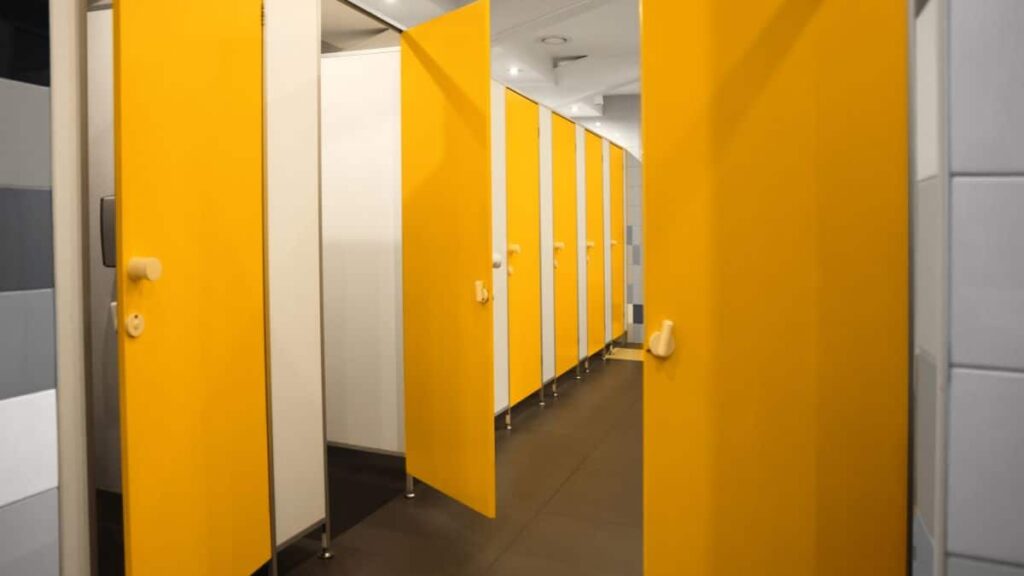US Culture Shock: America’s Toilet Gaps Are Wider Than Gender Pay Gaps
When it comes to cultural shocks, the sizeable gaps in American public toilet stalls often rank high for international visitors. This architectural peculiarity, while almost unheard of in many parts of the world, has been a longstanding standard in the United States. But what drives this design choice, and how does it reflect broader societal values?
The most immediate feature that strikes visitors in an American public restroom is the gaps around the toilet stall doors. Unlike many European and Asian countries, where toilet cubicles offer near-complete privacy, American stalls typically have gaps at the bottom, top, and sides of the doors. This design, often seen as a breach of privacy by foreigners, is influenced by several practical considerations.

Reasons Behind the Design:
- Safety Concerns and Monitoring: One of the primary reasons for these gaps is safety. The open design allows for easier monitoring of the stalls, which can be crucial in emergency situations. In case of medical emergencies, overdoses, or other incidents, these gaps allow first responders to quickly assess and react to the situation.
- Discouraging Unwanted Behavior: Public restrooms are, unfortunately, often sites for illegal activities and vandalism. The less private nature of American toilet stalls is thought to discourage such behaviors. The visibility into the stall makes it more difficult for individuals to engage in activities like drug use or graffiti.
- Cost-Effectiveness and Ease of Cleaning: The gaps also serve a practical purpose in maintenance. They make the stalls easier to clean and reduce the cost of materials needed for each stall. Furthermore, the increased airflow can help with ventilation and odor control.
For many foreigners, the lack of privacy in American restrooms is jarring. Most European and Asian tourists list bathroom discomfort as a notable cultural difference when visiting the US. This sentiment is echoed in various travel forums and discussion boards, where visitors often express their surprise and sometimes discomfort at this architectural feature.
Globally, restroom privacy standards vary widely. In Japan, for instance, many public toilets feature high-tech, fully enclosed cubicles that offer complete privacy, often with sound-masking features for added discretion. In contrast, the more open design of American stalls is seen as a compromise between individual privacy and broader societal needs.
Interestingly, Americans have largely adapted to this design peculiarity. It’s viewed less as an invasion of privacy and more as a normative aspect of public facilities. This adaptation speaks to the broader American cultural context of prioritizing practicality and efficiency, even in the most private of spaces.
The design of toilet stalls in the United States is a clear reflection of a society balancing privacy with practical and safety considerations. While it might be a source of surprise for many international visitors, it’s a design choice rooted in specific cultural and practical rationales.
We are Mary and Eric, the founders of Be Right Back, a blog dedicated to romance around the globe and at home.
We are Mary and Eric, the founders of Be Right Back, a blog dedicated to romance around the globe and at home. With over 10 years of experience in dating and traveling to romantic places, we share our favorite date ideas and romantic destinations to help couples level up their relationships. Having lived in and traveled through the USA, we also share our favourite things to do in the States.
With 70,000 monthly readers and 16,000 followers on social media, Be Right Back is your go-to resource for romantic trip ideas and couple activities at home and abroad.
